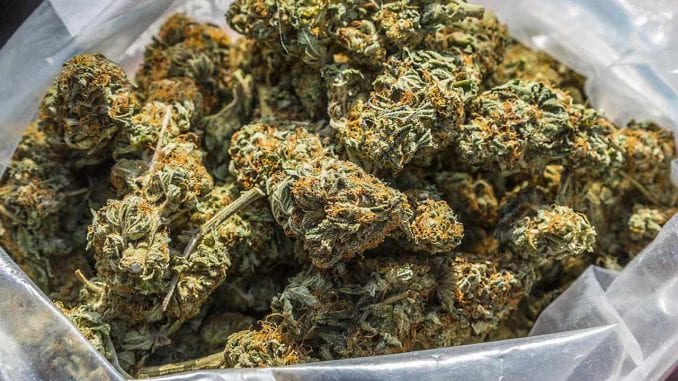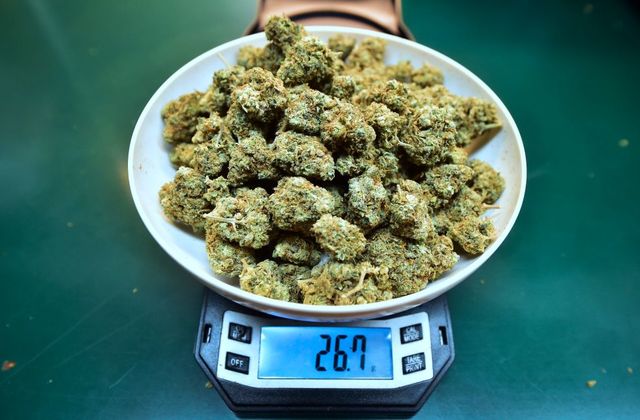The cannabis legalization movement has had an immeasurable impact on society. It’s shifted the public’s perspective of weed and plant medicine at-large. It’s given us 20/20 hindsight to see how pot has historically been used as a weapon of oppression, which in turn, has given us a lens to understand how those tactics are being wielded against us now. It’s led to the expungement of thousands of non-violent criminal records and given people the opportunity to live normal, above-ground lives. Legalization has also spawned a massive industry that’s increased access to cannabis around the country.
But, perhaps the most mindblowing result of widespread legalization is the explosion of cannabis tech. No, we’re not referring to the rise of companies like Eaze or Weedmaps. We’re talking about the nitty-gritty weed technology that’s changed how we interact with the plant. No longer do we have to grind up and pack (or roll) a nug into something to get high. No longer are we eating mysterious weed brownies with unknown amounts of THC that might leave us stoned for three days straight.
Now we have edibles with precise dosage, bongs that don’t knock over and break easily, salves and creams that treat pain topically, THC strips that go under your tongue, and effervescent weed drinks that redefine what it means to sip bubbly. There are dozens of ways to enjoy cannabis and interact with the plant that simply didn’t exist before legalization. That’s why we decided to create this list: So our dope readers can maximize the benefits of cannabis.
Enjoy!
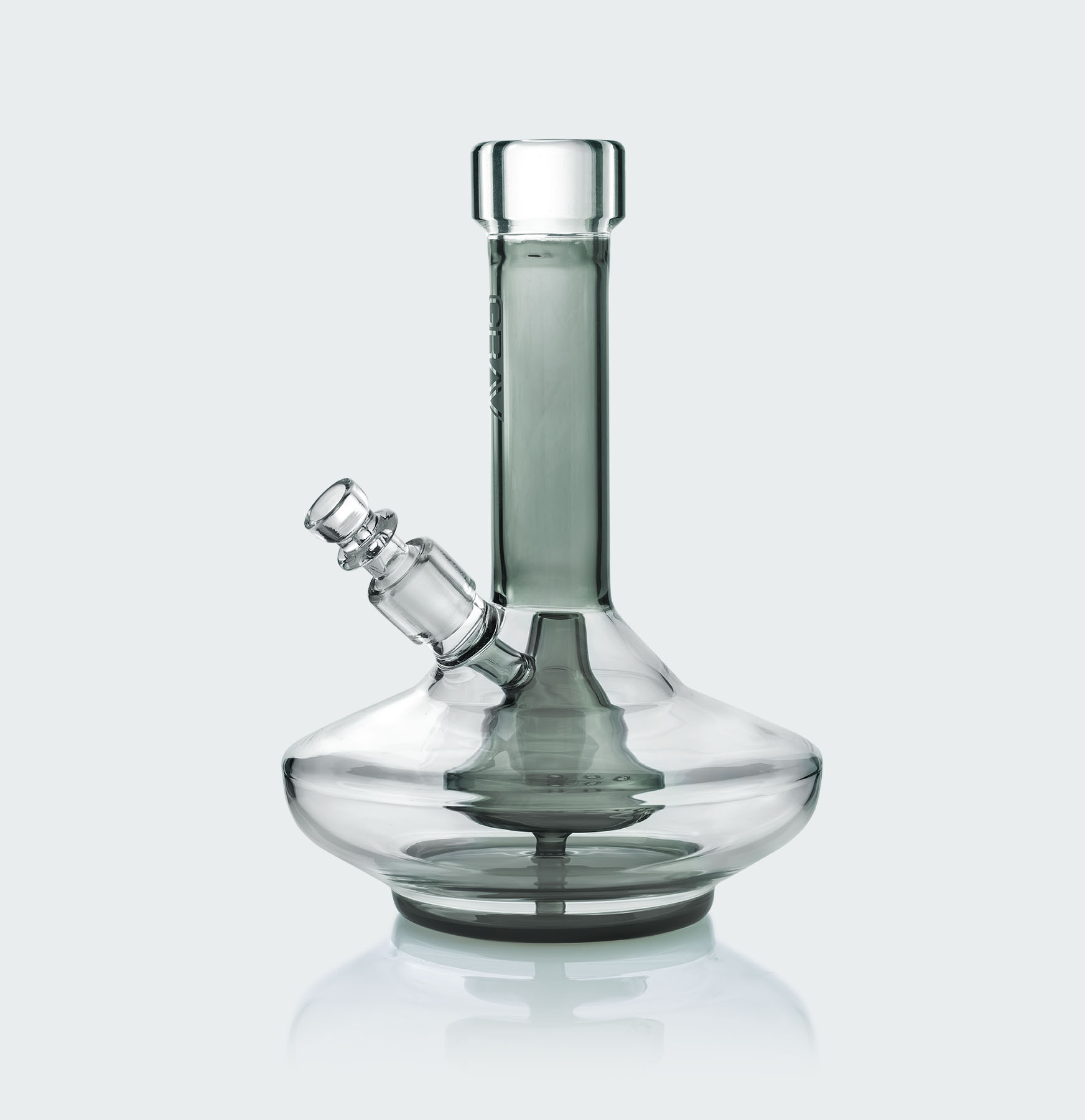
Wide Base Water Pipe by GRAV
GRAV’s Wide-Based Water Pipe has always been a must-have. But, the new and improved version has taken the piece to the next level. With a classy combo of clear and smoke glass, the piece shows-off curves in all the right places. It’s an intelligent piece of craftsmanship infused with elegance and comes equipped with a wide base to keep it stable and bottom-heavy — ya know, so you don’t knock it off the coffee table. The wide conical perc diffuses smoke gently through the water, while the narrow neck prevents splashback. And with 32 mm borosilicate tubing construction, the pipe is sturdy and compact enough to pack it up and take it to your next destination.
Beyond its functionality, however, the pipe has aesthetic value. The greyish-green smoke color at the perc, base, and stem draws attention to its unique shape. The unusual color combo makes this water pipe stand out among a collection of clear or solid colored scientific glass. With about an inch of water, the Small Wide Base Water Pipe packs a big punch in a little package. It’s smooth enough to be your daily driver, but sexy enough to earn a place of honor on the mantle. The pipe comes with an efficient 14mm cup bowl, or you could sub out a higher capacity bowl for bigger rips.
For more information visit: Grav.com
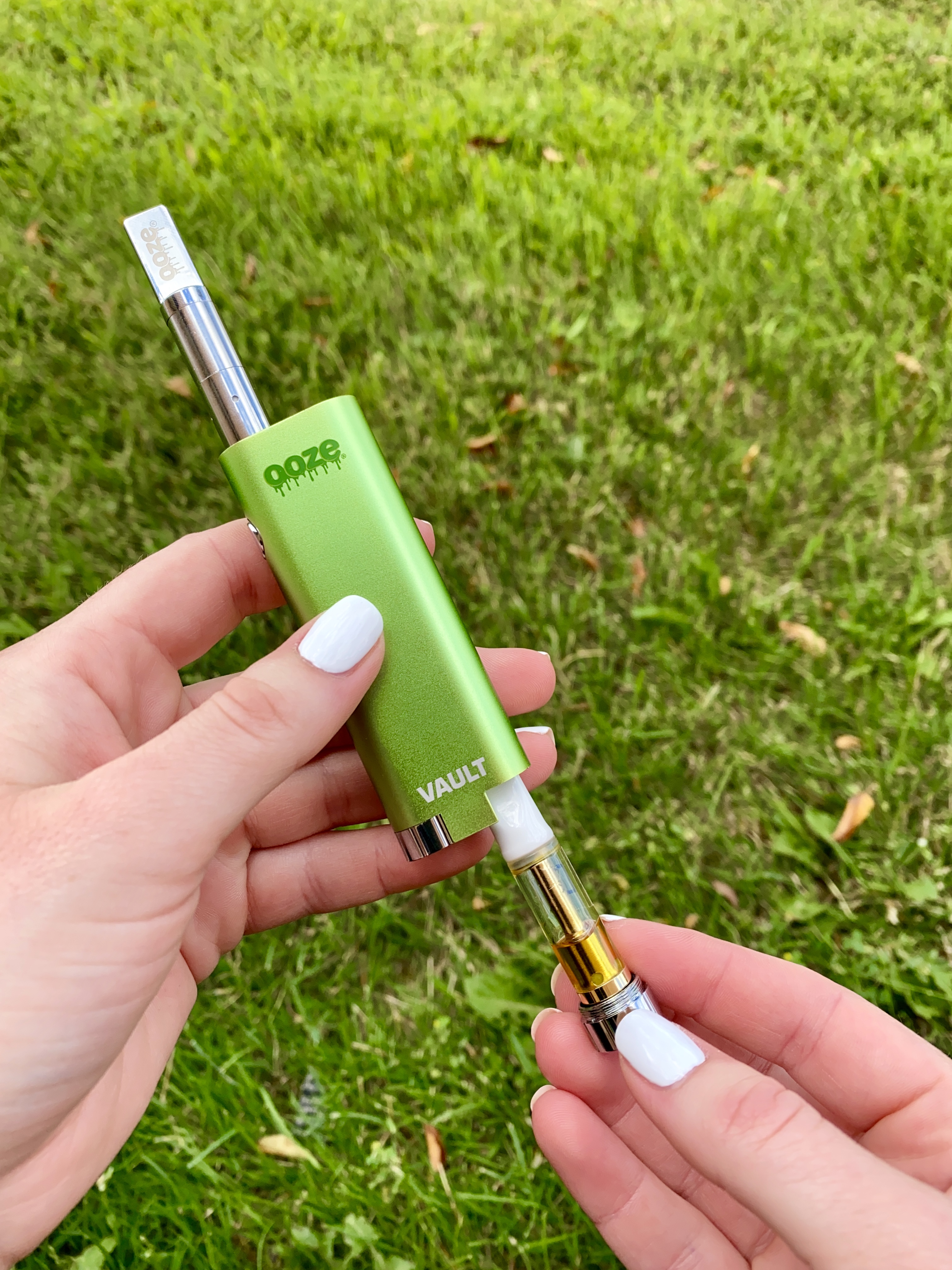
The Vault Extract Battery and Storage Chamber by Ooze
The Ooze Vault battery is the easiest way to enjoy both your oil carts and concentrates on the go! This 510 thread battery is a cross between a palm and pen-style battery, with a shape that comfortably fits right in your palm. Adjust your temperature with the dial on the bottom, where you can fine-tune your voltage to get just the right amount of heat.
Ooze includes a wax atomizer with each Vault, which makes this a full wax set up. A secret storage compartment can be found right next to the temperature dial! This allows you to keep an extra cartridge on hand in case yours runs out while you’re out and about, or keep your atomizer loaded with wax to quickly switch between substances. This is also great for keeping both a sativa cart for daytime use, plus an indica cart on hand for when the sun goes down.
Get your dabs warmed up and ready to go by running a cycle of Preheat Mode before taking your hit. Click the button twice to activate, and your button will flash a rainbow of colors while heating your atomizer up without needing to hold the button down. Once the cycle completes, your dab should be the ideal temperature to give off a massive cloud as soon as you inhale!
For more information visit: oozelife.com

Eyce Breaker by Eycemolds
The Eyce Beaker is a resilient silicone water pipe that’s a true game-changer to the industry. Crafted from platinum cured silicone, the Eyce Beaker is the most durable product of its kind. The design features a 14mm borosilicate glass downstem and slide and is loaded with extras including a large hidden stash jar and rolling tray which can be found in the base of the product, a magnetic ring to hold your lighter right next to the bowl, a stainless steel poker and an ice catch in the neck of pipe to deliver smooth, cool hits. The Eyce Beaker comes in a variety of colors making it easy to pick the pipe that best fits your style.
The Eyce Beaker is the perfect water pipe for life on-the-go. Because it’s crafted from platinum cured silicone it’s a tough, flexible pipe that’s geared towards handling the wear and tear of everyday life. The Eyce Beaker is incredibly easy to throw in a backpack and take with you anywhere: Camping, hiking, beach trips, or vacation — this pipe can handle it all!
But if life gets the best of your Eyce Beaker, never fear! It’s backed by Eyce’s industry-leading lifetime warranty. “Break it, tear it, burn it — we’ll replace it,” is the motto Eyce lives by — which even includes glass! Between the durability, tons of extras, and the lifetime warranty, the Eyce Beaker may just be the last water pipe you ever need.
For more information visit: eycemolds.com
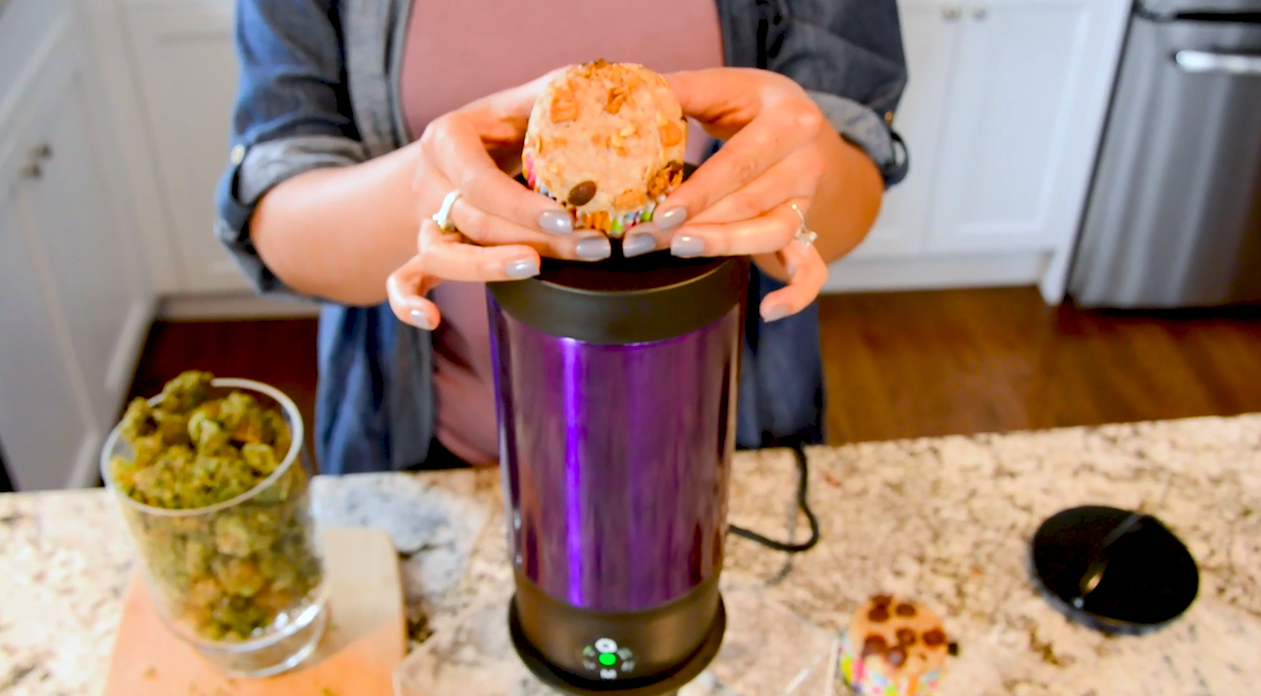
Ardent FX by Ardent Cannabis
The Ardent FX is an all-in-one, portable cannabis kitchen — aka the Easy Bake Oven — for cannabis! Ardent’s newest release fully activates any plant material (flower, kief, or concentrate), and has settings to infuse, cook and bake right inside.
Using a precision odorless process, the Ardent FX puts you in control to create accurate edibles, infused oils, topicals, tinctures, capsules, suppositories, and beyond, using just a small amount of cannabis. With the push of a button, you can decarboxylate THC, CBD, CBG, and infuse oils, milk, and creams, and bake your favorite edibles right inside — no kitchen needed!
Perfect for both the expert consumer and newbie, the Ardent FX doesn’t require any prior cannabis, cooking, or baking experience, and holds up to 4-ounces at a time. But it has no minimum material amount, so you can make edibles with just a gram of flower, too! After using, simply remove the detachable base from the power supply and place the Ardent FX into the dishwasher for easy cleaning.
The Ardent FX also features a stainless steel cavity, a patented thermal heating core, which wraps around the entire device, and two sensors and an algorithm to deliver precise heating every time. This must-have appliance is ideal for at-home or on-the-go (no need for an oven, double boiler, or crockpot — FX does it all in one single device). Effortlessly switch between modes by pressing the “M” button, and start the cycle by pressing the Ardent “A”.
For more information visit: ardentcannabis.com
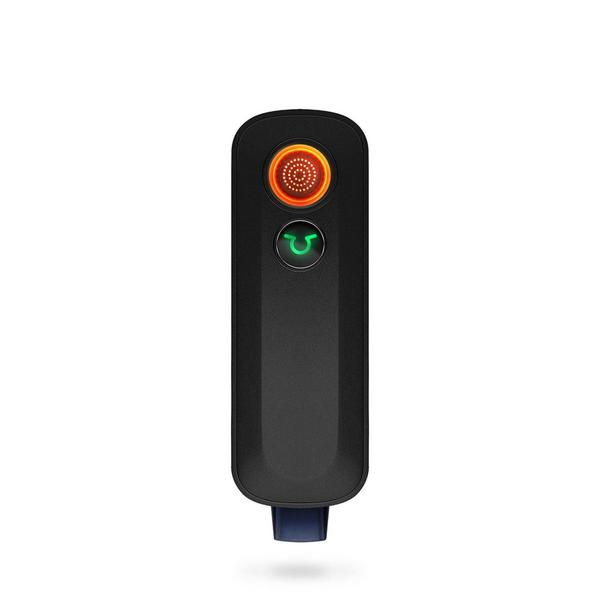
The Firefly 2+
The Firefly 2+ is designed for people who love the plant. Our dynamic convection technology delivers phenomenal flavor and zero waste. It’s equally superb with flowers and extracts, ready to puff in three seconds, and is easy to load and clean.
You deserve the best vapor experience in the world. This is it.
For more information visit: firefly.com
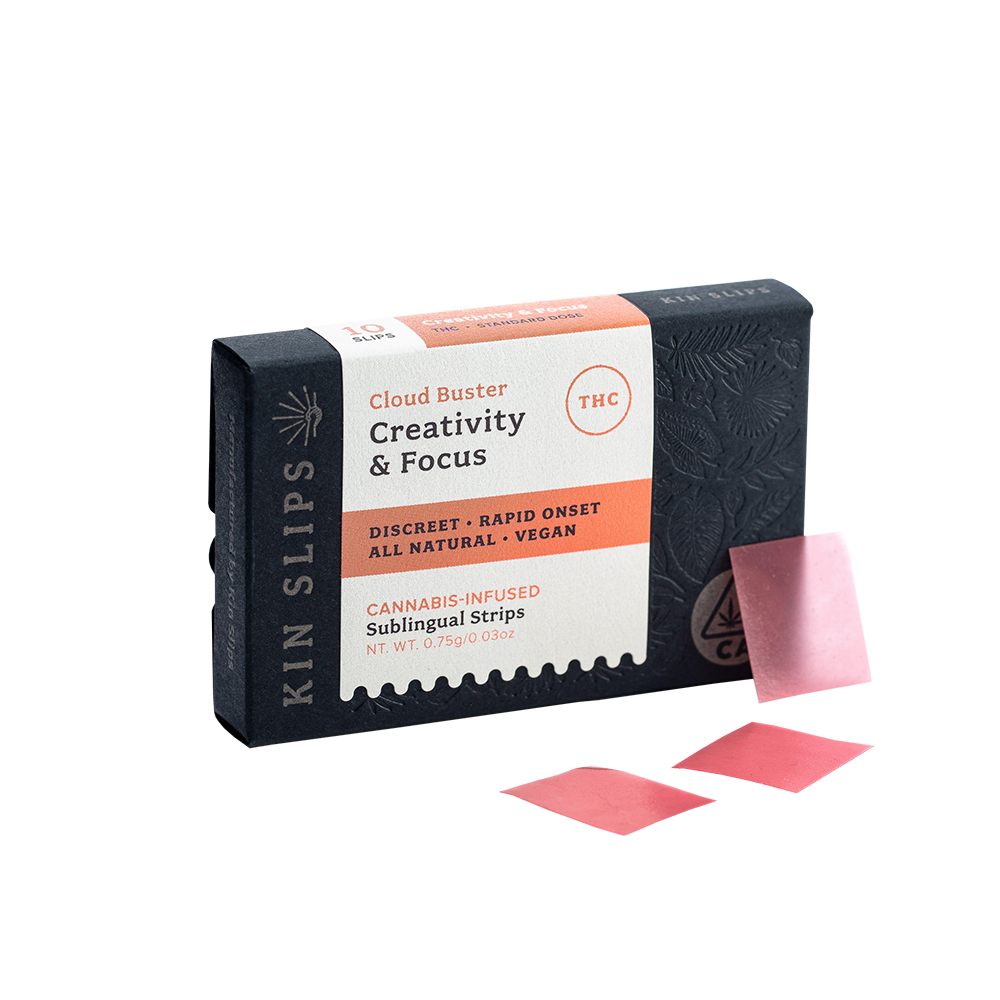
Kin Slips’ Sublingual Strips
Our mission at Kin Slips is to inspire trust in the science and benefits of cannabis. We encourage this growth through meaningful conversations and education at the community level. Our goal here is to arm you with the best information available and help clarify why we believe that sublinguals simply work better.
THE DIGESTIVE TRACT’S DIRTY SECRET:
When you compare sublinguals to edibles, edibles are less predictable and consistent due to a chemical conversion occurring in your stomach and liver. We’re going to dive in, so put your thinking cap on. This part gets pretty science-y!
When you consume an edible, your body goes to work breaking it down in your digestive system and liver. This journey is known as First Pass Metabolism. Along the way some of the ∆9-THC is metabolized into 11-Hydroxy-THC, a psychoactive relative of ∆9-THC. 11-Hydroxy-THC has been shown to cause more psychoactive effects than ∆9-THC, which is why people become more uneasy from edibles than other consumption methods. Sublingual absorption bypasses the digestive tract thus avoiding First Pass Metabolism, making it one of the most efficient and reliable ways to consume cannabis.
For more information visit: kinslips.com
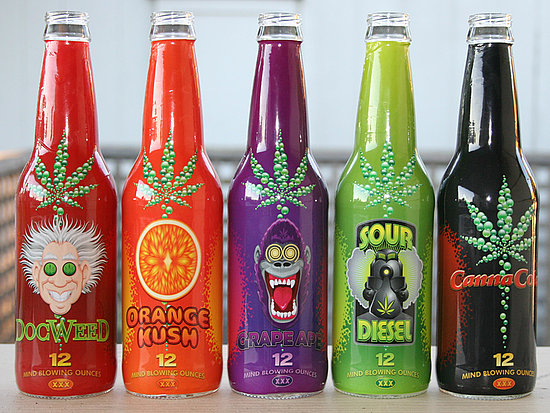
Canna Cola
Known as the “little drink that could,” Canna Cola is the World’s Most Recognized Brand in Medical Marijuana, and they’ve made a complete switch to CBD-only infused, ready-to-drink beverages. They started 2011 — nearly a lifetime ago in the history of the legalization movement — by providing tasty THC infused carbonated beverages for medical marijuana users. But the time is right for a shift.
For more information visit: drinkcannacola.com
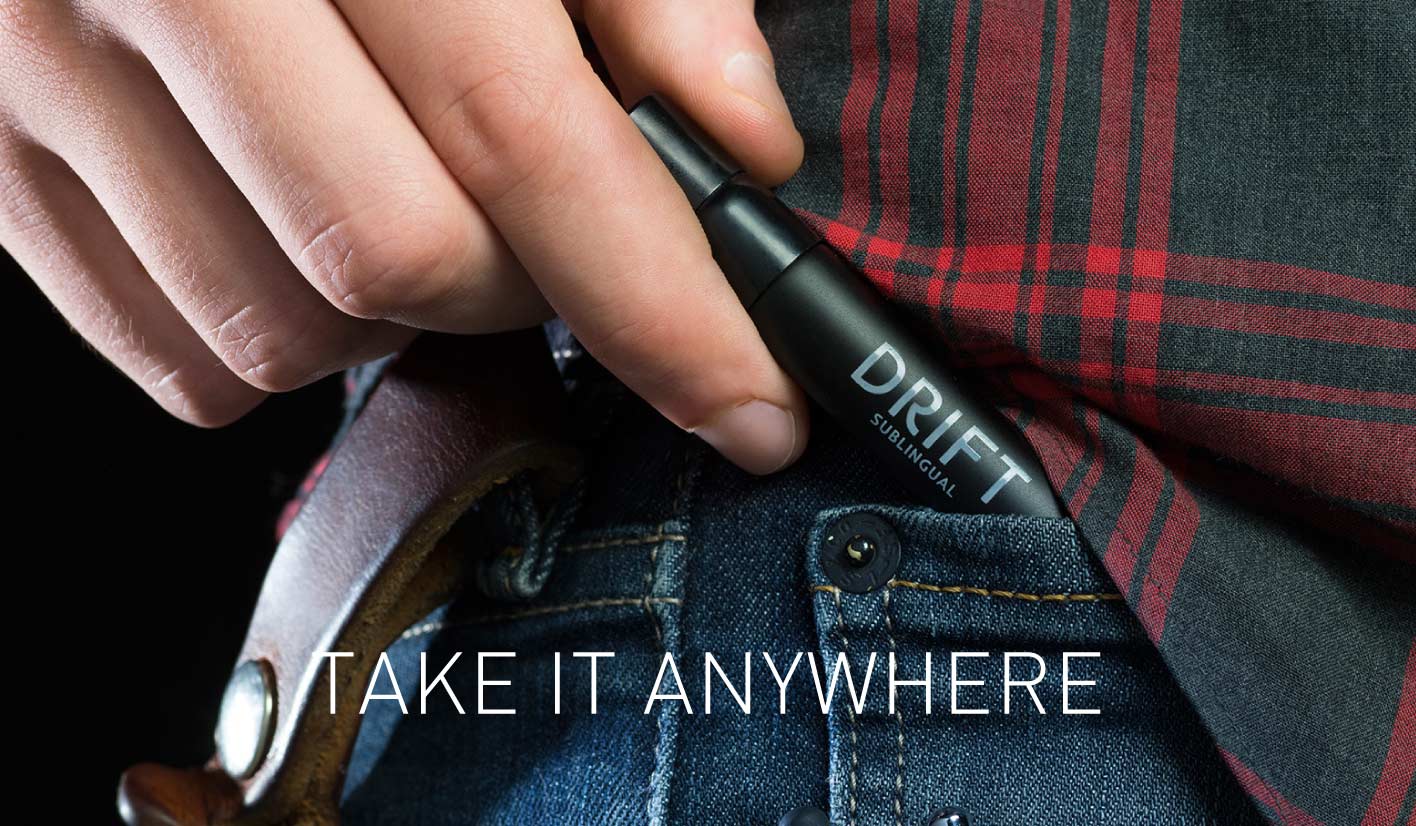
Drift
Hurry up and relax, already! This sublingual is a fast-acting blast of joy and love. It works 4 times faster than a tincture, it’s 3 times more potent than your average spray, and each pump is precisely dosed to 1.6 mg of THC giving you full agency over your high.
For more information visit: mirthprovisions.com
*This article was made in partnership with the brands listed above

